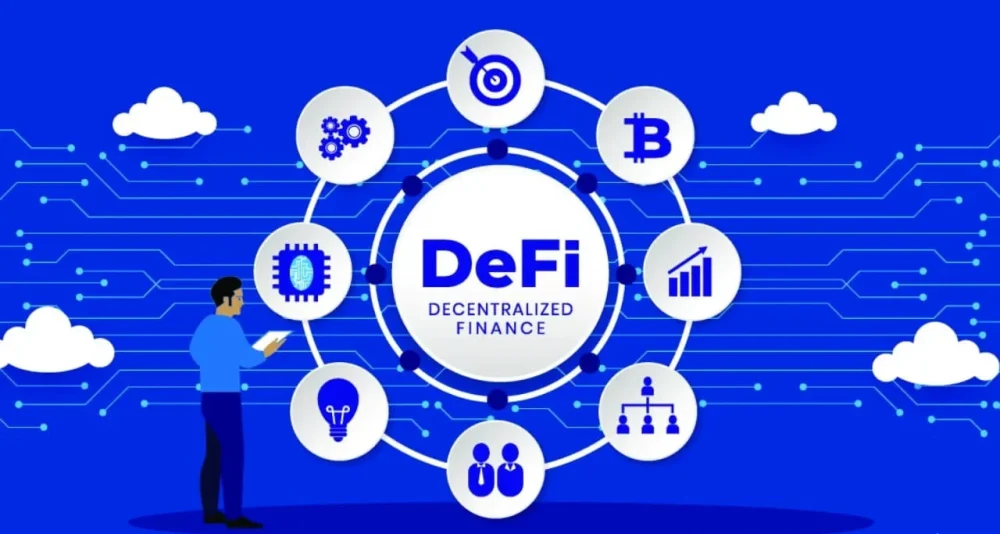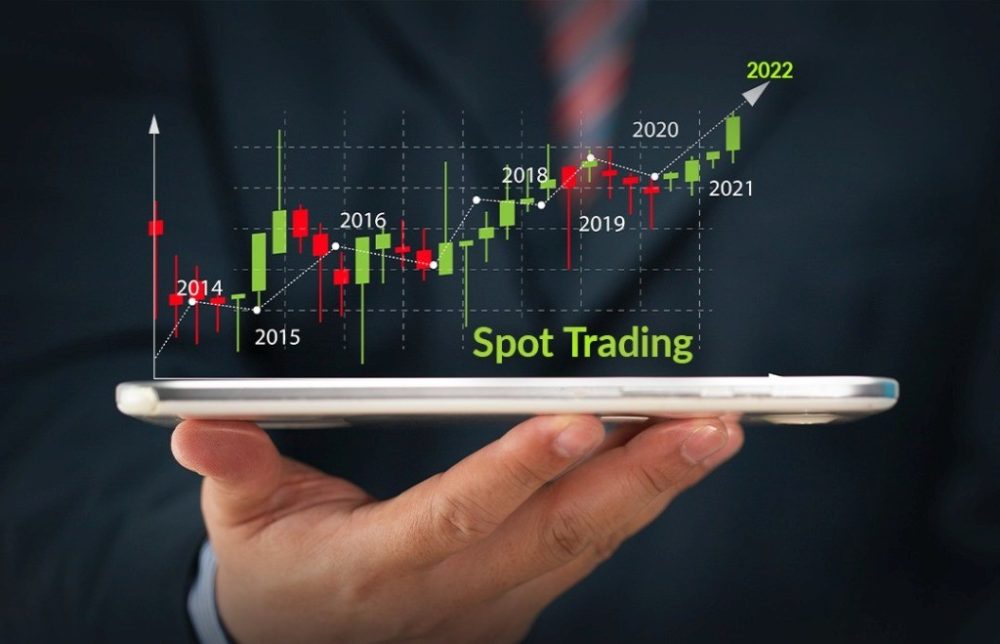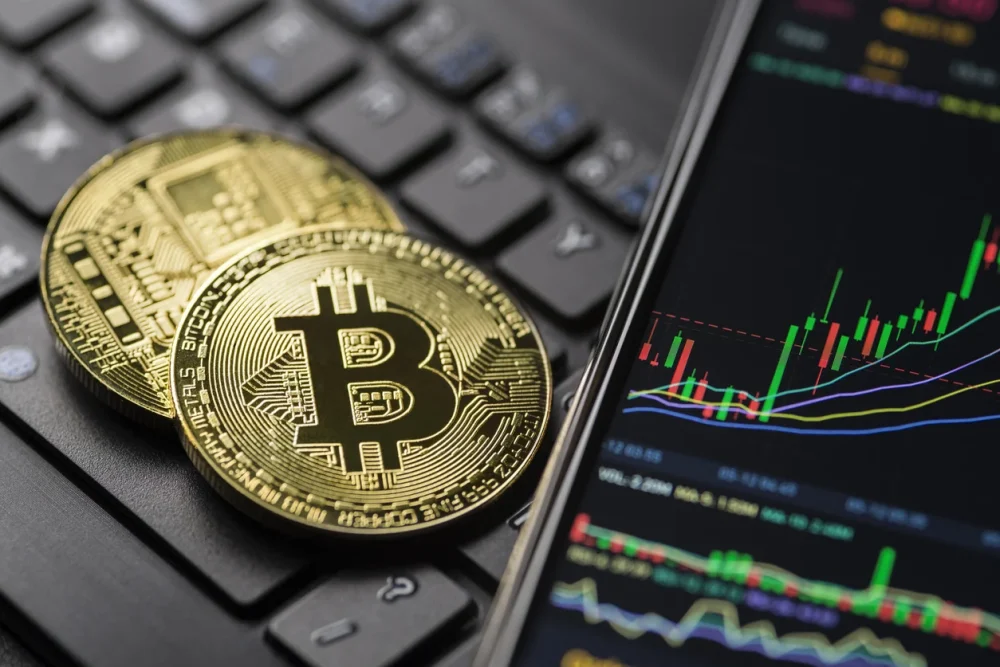The cryptocurrency market is actively growing, attracting both retail traders and leading global financial organizations. Over the past years, digital assets have strengthened their positions, becoming a full-fledged alternative to traditional investments. Long-term investments in cryptocurrencies require careful analysis as the market is subject to high volatility. Promising technologies, institutional support, and the growth of global acceptance make some digital assets particularly attractive.
The best cryptocurrencies for long-term investments are not just Bitcoin and Ethereum. New projects offer innovative solutions in scalability, privacy, and decentralization. Which coins can bring stable growth in 2025? Let’s analyze the key players and promising newcomers in the crypto market.

Why It’s Important to Carefully Choose Cryptocurrencies for Long-Term Investments
Over the past decade, the cryptocurrency market has changed significantly. It has grown from a niche tool for geeks to a full-fledged investment asset. In 2015, its market capitalization was just over $10 billion. By 2025, it could exceed $5 trillion. The best cryptocurrencies for long-term investments have already attracted the attention of institutional investors such as BlackRock, Tesla, and Fidelity.
The key difference between long-term and short-term investments lies in the strategy. Short-term trades allow you to profit from volatility but require high involvement, experience, and knowledge of technical analysis. Long-term investments aim for stable capital growth based on fundamental analysis. This approach reduces dependence on market manipulations and eliminates the impact of short-term fluctuations.
How to Analyze Cryptocurrencies for Long-Term Holding
Choosing the best cryptocurrencies for long-term investments requires in-depth analysis.
Key evaluation factors:
- Market capitalization. Market leaders (Bitcoin, Ethereum) have high liquidity and low risk of decline.
- Technology and security. Reliable blockchains with scalable solutions (Solana, Polkadot) have significant growth potential.
- Development team and venture investments. Projects with strong technical teams and support from major funds (Binance Coin) have a higher chance of success.
- Historical performance. Analyzing past cycles helps identify potential entry and exit points.
- Ecosystem support. The more projects are built on a platform (Ethereum, Cardano), the higher its stability.
The rating of cryptocurrencies for long-term holding is formed based on these criteria, considering stability and growth potential.
Top 7 Best Cryptocurrencies for Long-Term Investments in 2025
Consider these tokens if you are interested in investments:
- Bitcoin (BTC) — digital gold and the main asset of the crypto market. In 2025, it continues to remain a key instrument for preserving value. After the 2024 halving, the issuance of new coins decreased, which may contribute to scarcity and price growth. Historically, after such events, Bitcoin has shown significant appreciation. It has attracted more institutional investors and solidified its status as digital gold.
- Ethereum (ETH) — the king of smart contracts. With Ethereum 2.0 transitioning to Proof-of-Stake, it has increased speed and reduced fees. This makes it more attractive for DeFi and NFT. Layer 2 scalable solutions like Optimism and Arbitrum address network congestion issues. Ethereum (ETH) remains a key player in the long term due to its developed ecosystem, smart contract support, and constant technological updates.
- Binance Coin (BNB) — the power of the ecosystem. BNB remains a top coin thanks to the Binance Smart Chain ecosystem. Infrastructure development and fee reductions attract developers and users. The coin burn program reduces inflation and supports stable price growth.
- Cardano (ADA) — the scientific approach. Cardano utilizes scientific research and a rigorous development process. The unique Proof-of-Stake algorithm makes the network energy-efficient. Smart contract development and partnerships with African countries expand its utility.
- Solana (SOL) — surprising power. In 2025, Solana leads in transaction speed (up to 65,000 TPS) and low fees. After network congestion issues in 2022–2023, developers significantly improved its stability. Massive investments in infrastructure and the development of the DeFi and NFT ecosystem make it the most promising asset in the crypto world.
- Polkadot (DOT) — blockchain interoperability. The unique parachain architecture allows Polkadot to connect various blockchains, improving interaction between projects. The technology reduces network load and enhances flexibility.
- 5thScape (5SCAPE) — next-generation metaverse. The 5thScape project aims to integrate virtual reality and blockchain. In the development of Web3 and metaverses, this direction remains one of the most promising.
New Stars of the Crypto Market: Investing in DarkLume
DLUME is an innovative project focused on decentralized finance with a high degree of privacy. Developers use zk-SNARKs and Ring Signatures technologies, allowing users to conduct anonymous transactions without revealing data. This approach ensures complete privacy protection. Due to high anonymity and security, DLUME attracts investors who value anonymity and data protection.
Additionally, DarkLume integrates a governance mechanism through DAO (decentralized autonomous organization). It provides the community with the opportunity to participate in ecosystem development. These features make DLUME competitive against other anonymous coins like Monero and Zcash. Despite technological advantages, projects focusing on privacy may face regulatory restrictions, especially from governments combating illegal transactions.

Investing in new projects carries increased risks. Market volatility, regulatory uncertainty, and the community’s level of technology adoption can impact long-term stability. Analyzing the roadmap, developer activity, and trading volume can help determine the asset’s prospects.
Conclusion
Choosing the best cryptocurrencies for long-term investments requires a comprehensive approach. Bitcoin remains a stable asset, Ethereum continues to advance smart contracts. Solana and Polkadot offer technological innovations, while Binance Coin and Cardano strengthen their ecosystems. New projects like 5thScape and DarkLume present promising opportunities but require further research. Building a diversified portfolio helps reduce risks and increase profit potential in the long term.

















